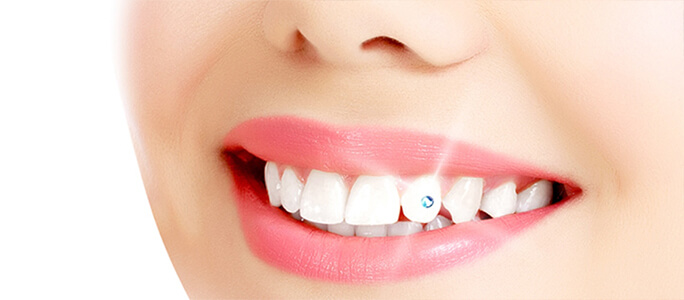
OVERVIEW-Root Canal Treatment
Root Canal Treatment (RCT) is a treatment wherein the diseased pulp (nerve) of the tooth is removed & the space (pulp chamber and the root canal) is filled and sealed with an inert material. Once the root canal is performed, the patient must go for crown or cap placed over that tooth to protect it.
DESCRIPTION
Reasons for Root canal treatment
- Acute pain in the teeth with a deep and persistent decay(cavity).
- Recurrent caries underneath an old filling.
- Badly attrited and abraded teeth due to habits like night grinding, improper brushing, and other oral habits.
- Tooth next to a Wisdom teeth having deep cavity.
- Supporting teeth for Crowns and Bridges.
- Accidental trauma to teeth.
- Severe Gum Infections.
- Non vital/dead teeth
Why do You Need RCT:
RCT allows you to retain a tooth in your mouth and serve you for a good many more years. The only other alternative to treating a tooth indicated for an RCT is to remove it(extract) it. Many patients think (erroneously) that removing a tooth is the easy and cheaper way out. However not only are they wrong about it being the shortcut – it generally turns out to be more expensive later. A natural tooth is always better than an artificial one. Therefore every extra bit of effort that is taken to save a natural tooth is worth it.
Single Sitting RCT
Root canal treatment completed in the same sitting with the help of rotary file system. It is painless procedure, reduce patient anxiety, less time consuming for the patients, it avoids multiple visits for the patients.
Multiple Sitting RCT
Root canal treatment completed in two or more sittings. Easier and more predictable, it also gives the dentist an opportunity to monitor the progress of the tooth’s healing process. For some cases single sitting RCT is not recommended for that multiple sittings are good.
Types Of Crown:
- Ceramic
- Porcelain Fused Ceramic
- Metal
Is the treatment painful?
Usually the procedure is not painful as it is done done under local anaesthesia.Antibiotics and pain killers are prescribed depending on the severity and that also helps in pain control.
Isn’t there any alternative to R.C.T?
Sometimes if the dentist feels that the nerve may recover from the damage he may try & protect the nerve by doing a pulp capping(which involves a calcium dressing and a temporary filling for a month.This filling needs to be changed.If the pain is not relieved, the chances of such treatment becoming successful are less. The affected tooth has to be treated by doing RCT. Alternately extraction may be the only soloution.
Does the tooth require any treatment after RCT?
The tooth requires a crown for two major reasons 1. The rct involves making the tooth non vital so it no longer gets nutrition from the body and hence becomes brittle.Crown provides adequate strength and protection from breakage.2.The tooth is usually so badly destroyed by decay & the cavity in it is so large that the cavity requires a filling & Crown.
















